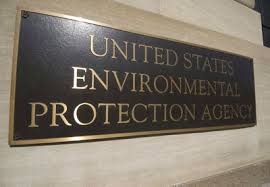Faulty Cost-Benefit Analysis in the EPA’s Ozone Rule
< < Go Back
The Environmental Protection Agency (EPA) is targeting ozone with a new set of costly standards, writes Diana Furchtgott-Roth, director of Economics21. Currently, the ozone standard is set at 75 parts per billion, but a new EPA rule would drop that standard to 65-70 parts per billion.
However, 40 percent of the United States is not in compliance with the current ozone standard, and reducing that standard to 65 parts per billion would put more than half of the country out of compliance. Moreover, Furchtgott-Roth explains the agency’s cost-benefit analysis is highly misleading:
– Reducing ozone to 65 parts per billion would cost $15 billion in 2025, but the EPA says those costs would be offset by $28 billion in health benefits.
– However, those health benefits are mostly due to a reduction in particulate matter (a byproduct of ozone regulation), not ozone itself. The health benefits from ozone reduction are just $8.6 billion, much less than the $15 billion in costs.
– The particulate matter cited by the agency is already regulated by the EPA.
Additionally, the costs may be higher than the $15 billion cited by the EPA. According to NERA Economic Consulting, the ozone regulation would cost $26 billion, and the economy would lose more than 600,000 jobs annually.
More From NCPA:




